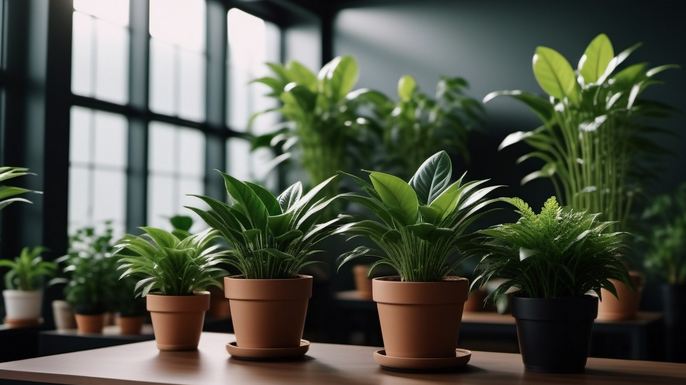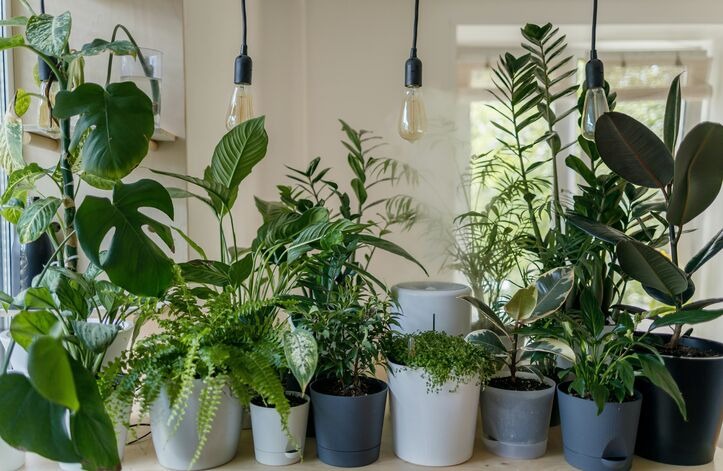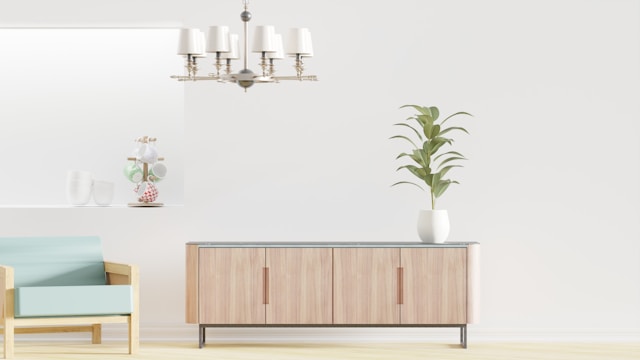Hello, plant lovers! Well, if you ever tried taking care of some green buddy in your low-light apartment, you probably know the struggle all too well. Keeping plants alive in a place with poor lighting just feels uphill, doesn’t it? The common problems are slow growth, yellow leaves, and the dreaded droop. But don’t lose hope! While it might take a little TLC-and perhaps some special care strategies-even the coziest nook can be converted into an indoor jungle.
It is essential for every indoor gardener to learn how to keep some indoor plants alive in low light. Success will not only depend upon selecting the right plants but also on learning about their peculiar requirements. Plants which thrive in low sunlight are different in many ways concerning their care from those which enjoy much sunlight. So, take out your watering can, and let’s explore great tips to help your leafy friends do well in your house.
Choosing Resilient Plants to Keep Alive in Low Light
You might want to consider hardy types, like snake plants, ZZ plants, and pothos, for low-light-friendly plants. Not only are these beauties amazingly stunning, but they’re naturally adapted to low-light conditions. Snake plants, for example, can survive off neglect! They’re great for any of us who happen to forget to water plants every now and then.
Second, understand the different light requirements for plants. Most have thick leaves or other special adaptations that can sustain them on low light. For example, pothos can climb and spread out to make them very appropriate for dim corners. Match the type of plants with the available amount of light to let your green buddies be happy and healthy!
Essential Tips to Keep Plants Alive in Low Light
Placement is everything! Place your plants near the windows or reflective surfaces, and that just may make all the difference. These places can capture and amplify available light even when the sunlight is at a minimum. You can also go for supplemental lighting. Grow lights can make all the difference in how one keeps their plants alive in low light. They provide simulated natural sunlight and give your plants the energy they need to flourish.
Supplemental lighting is another great way to keep your plants alive in low light. Grow lights-especially the LED type-can emulate sunlight and really help those low-light apartments. Place them 6-12 inches from the plant and keep them on for about 8-12 hours per day. Another good idea is to rotate your plants every few days so that they will not grow out of shape or lean toward one side.
Another valuable tip? Give them a turn! By simply doing so, you ensure that equal light falls on every side of the plant, which will enable it to grow well and even. Besides, this is a good way to bring in some change into your indoor garden every other week.
How to Water Plants in Low Light Apartments
Did you know low-light plants use less water? That’s a fact! They don’t photosynthesize as hard in dim conditions, which in turn means they drink less. A sample watering schedule may read: once every two weeks, check the soil moisture an inch below the surface; if it feels dry, add some water!
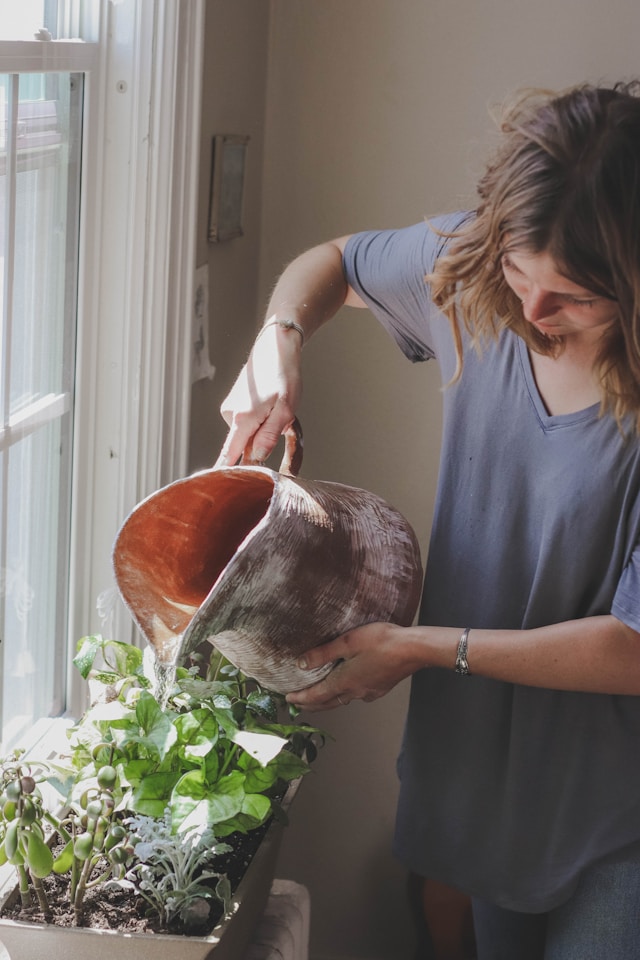
Just be careful not to overwater! If the leaves are turning yellow or the stalks are squishy, that is a definite sign your plant does not like the extra water. When you first start to notice this occurring, you will want to immediately readjust your routine to avoid root rot and continue to have a healthy greenery.
Fertilization Tips to Keep Plants Alive in Low Light
When it comes to fertilizing low-light plants, less is more! They require fewer nutrients compared to their sun-loving friends. You can try fertilizing every 6-8 weeks in the growing season with a mild or diluted fertilizer. In that way, you can prevent nutrient burn but still give them some nourishment.
Another thing with plants in low-light settings is using well-draining soil. It allows excess water to escape while retaining just enough moisture for your plants’ needs. Remember, fertilizing sparingly goes a long way in keeping your plants healthy!
Low Light Apartment Solutions for Light Adjustment
Maximize the amount of natural light. Place them near windows or reflectant surfaces so they receive each and every ounce of available sunlight. If there isn’t much natural light, take advantage of artificial lighting with the use of things like grow lights efficiently. They simulate the sun and can rescue the plants in dead light conditions.
Artificial lighting can be a lifesaver when trying to maintain your plants in low light conditions. LED grow lights are energy-efficient, last for years, and provide the spectrum of natural sunlight that plants use to photosynthesize. Place them according to the required distance by each plant. It is good to rotate your plants regularly to prevent leaning and uneven growth from only receiving light from one direction.
And, of course, turn those plants regularly for even light exposure. That keeps them from leaning and misshapen, adding to the overall fab factor of your indoor garden from every angle.
Adjusting Humidity and Temperature Levels for Low-Light Plant Health
Create a humid environment, and the difference it will make with your low-light plants! Use humidifiers and pebble trays, or just group plants together to help with humidity levels. Many tropical low-light plants love humidity, so do not be afraid to give them an extra bit of love.
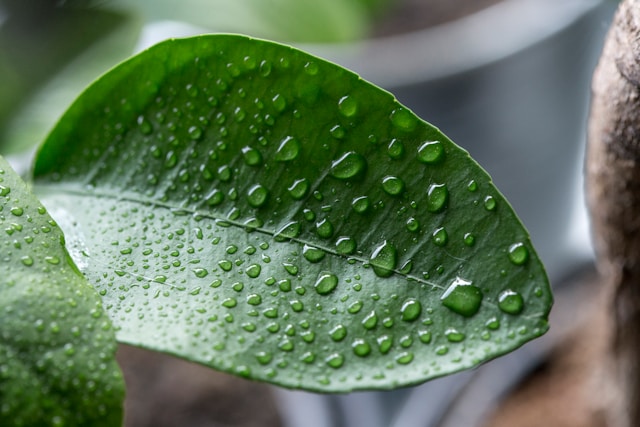
Temperature is another critical variable. The ideal conditions of these plants maintain their health. Your apartment should not be too hot or cold; the stressed plants are usually due to extremely high or low temperatures. And also don’t forget, prudent adjustment in water quantity would save your plant from root decay!
Common Problems and Their Solutions for Plant Survival in Poor Light
Low-light plants tend to stress out sometimes, and therefore, can exhibit leggy growth or yellowed leaves. These symptoms are a signal that the plant is suffering from light deprivation and will have spindly or sparse stems. A solution may be to put the plant nearer to a source of light or get a grow light to supplement the available light.
Indoor plants that require low light also have the potential for pest problems, such as spider mites or fungus gnats. Poor light combined with poor air circulation creates ideal conditions for these pests to flourish. The best way to prevent an infestation is to inspect the plants regularly and avoid overwatering. Periodically cleaning the leaves of the plants can also be beneficial in preventing problems. If you do discover a pest problem on your plant, some of the safest treatments include insecticidal soap and neem oil.
Every plant parent deals with these issues, and being proactive makes a lot of difference! Some of the common problems that might happen include yellowing leaves, stunted growth, or pests in winter. Understand your plant’s condition and always modify the routine to tend to its betterment.
If so, rest easy. Research any particular solution given that may be peculiar to some plant variety. Feel free to ask your friend who has plants or look upon journals and other reliable gardening websites for tips and pointers.
One can actually keep plants alive in low-light apartments if they have the right knowledge and care strategies. It involves adjusting your care routine to fit the needs of low-light plants: proper watering, fertilizing every now and then, and using supplemental lighting when available to make them healthy and happy. Happy indoor gardening, and let us see the magic of these leafy buddies against all odds!
If interested in a deeper view into this subject, you may want to consider the following article: Smith et al. (2020), “Plant Survival in Low Light: A Review“. It is highly enlightening!
